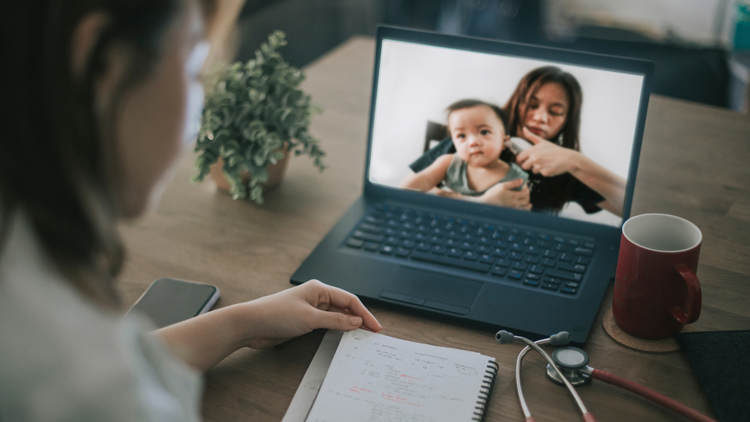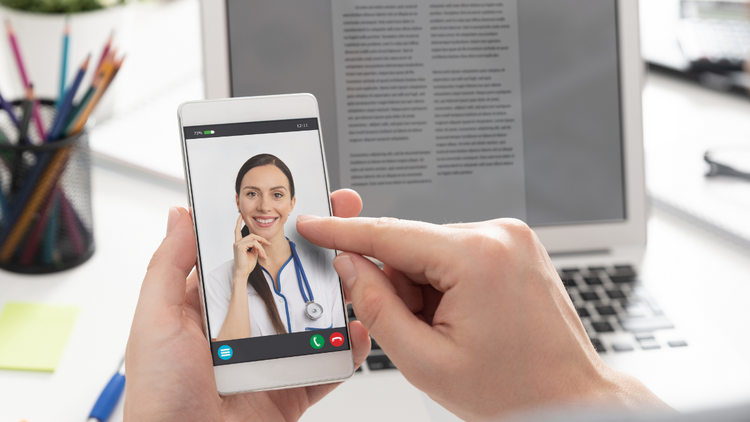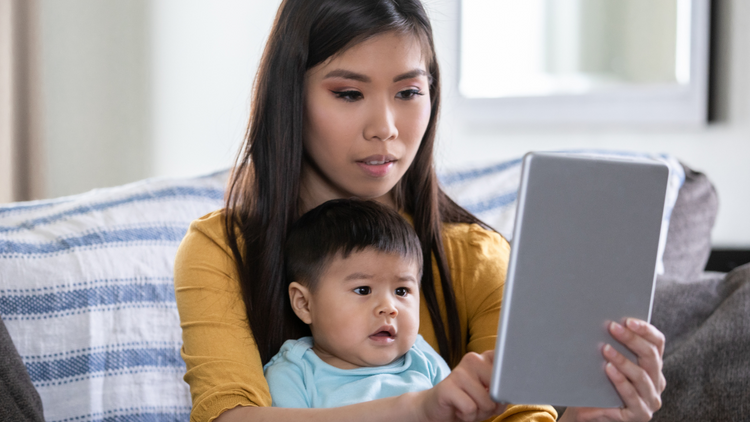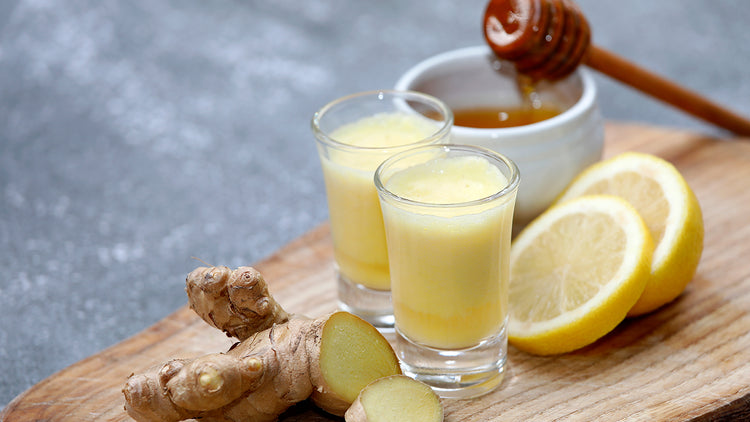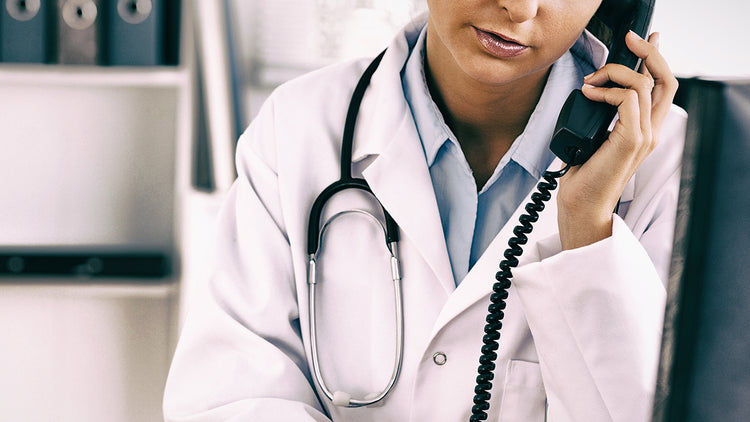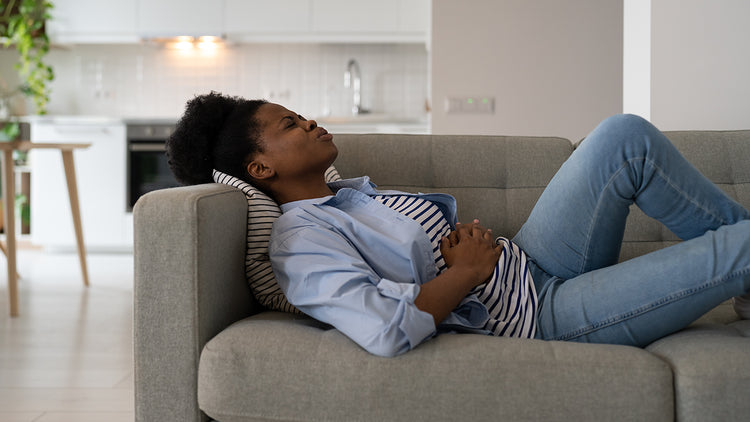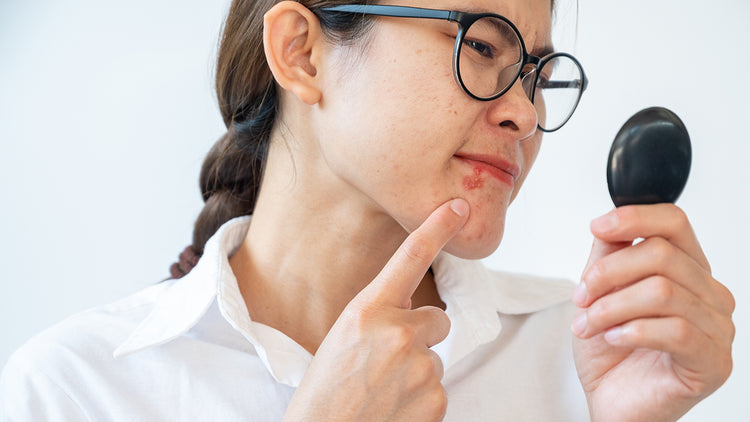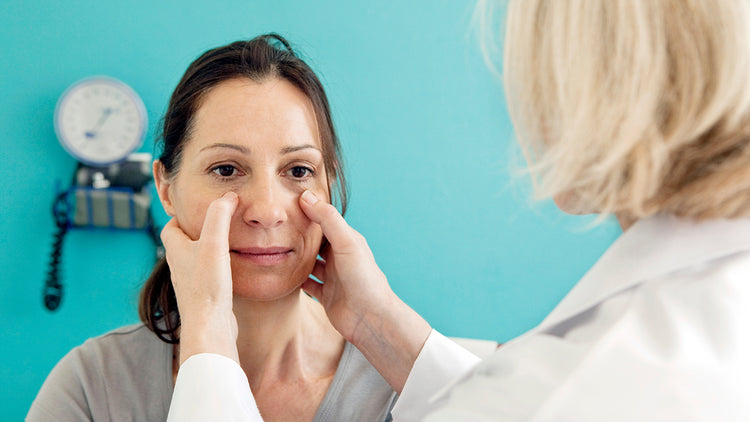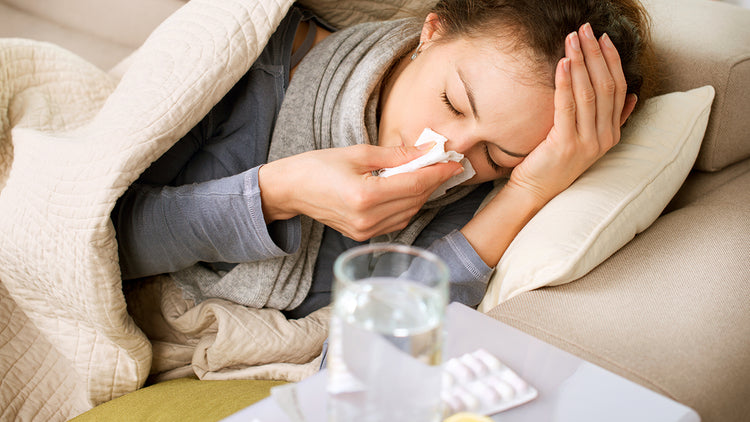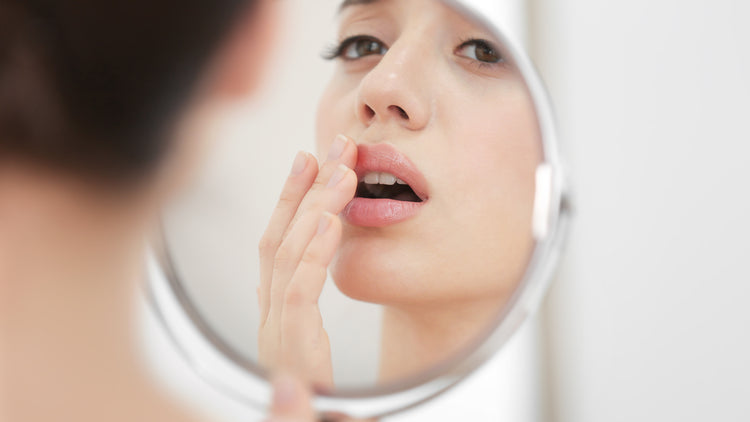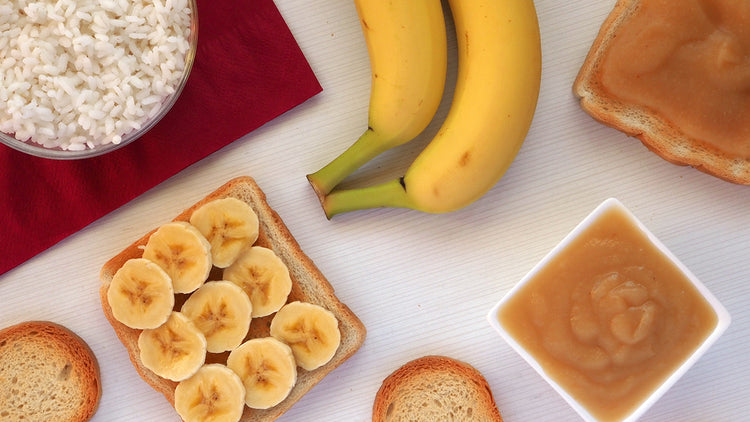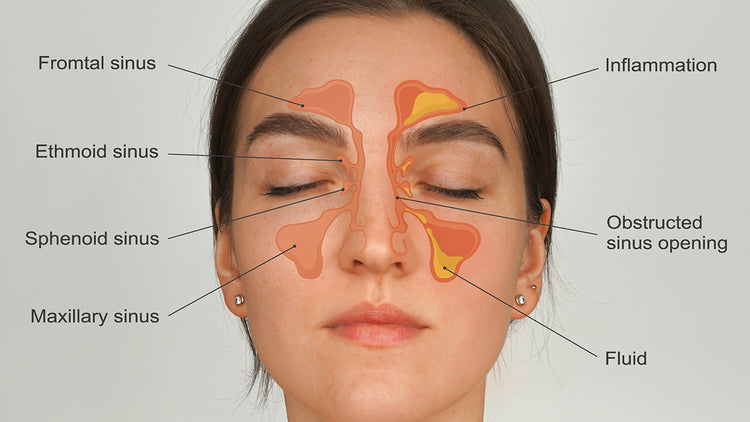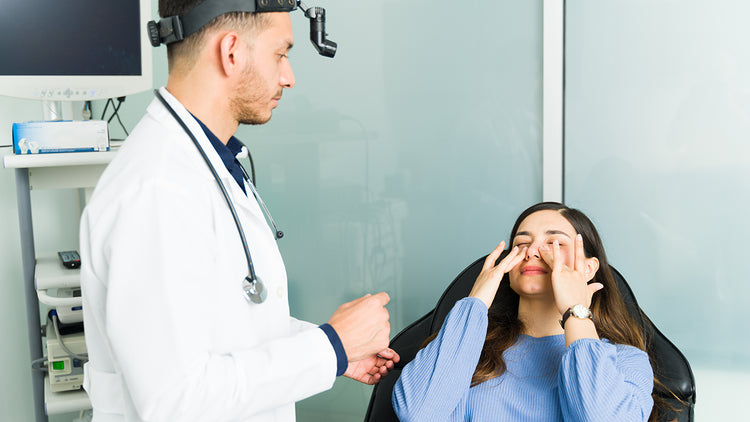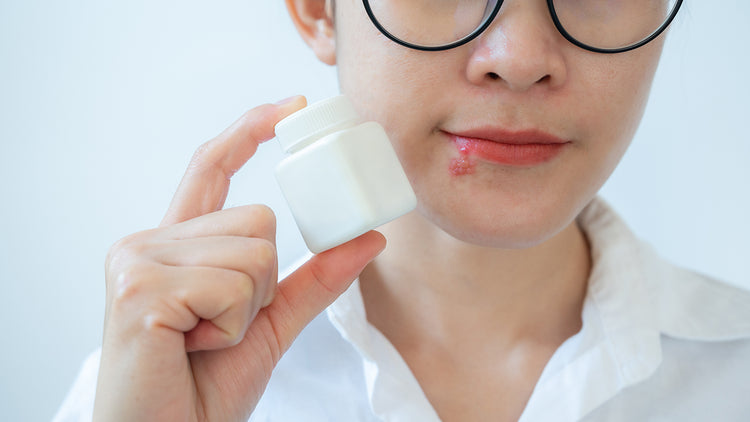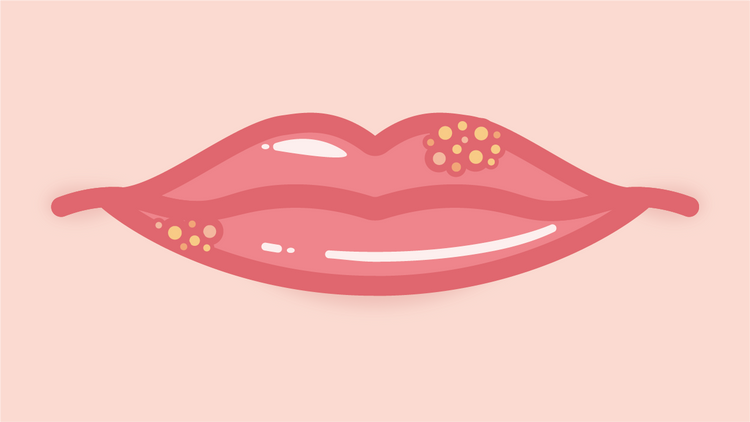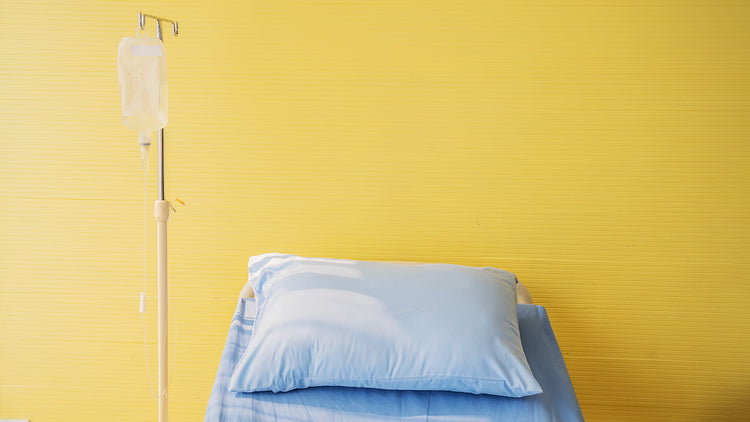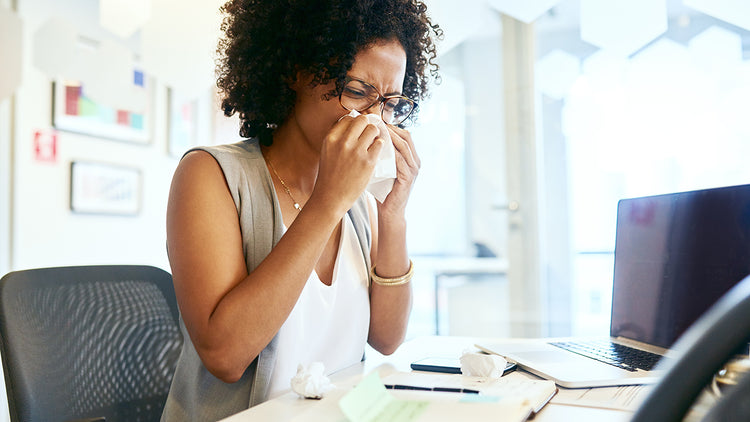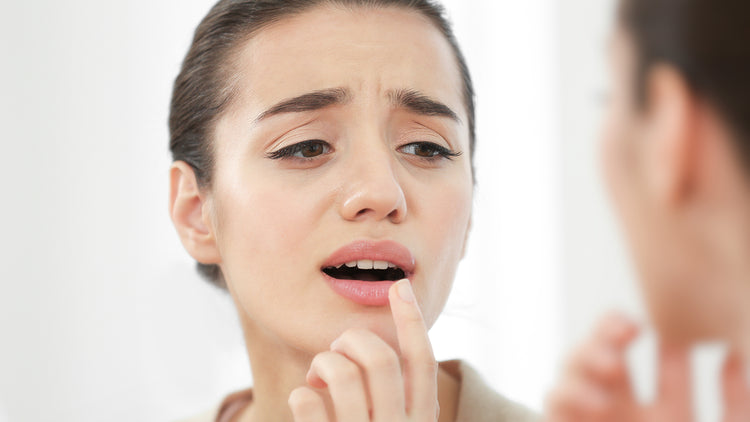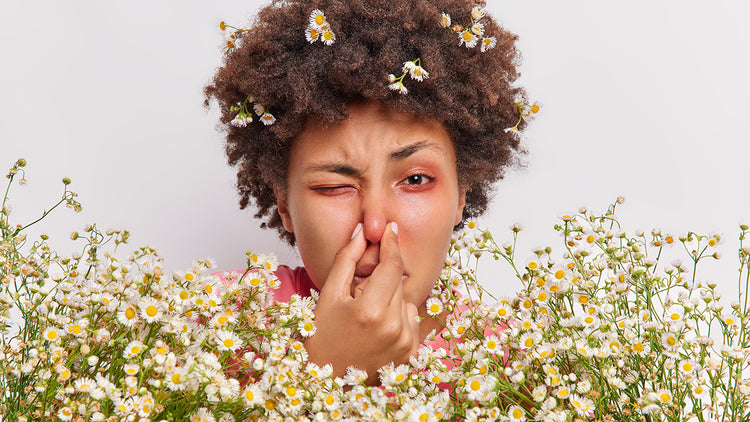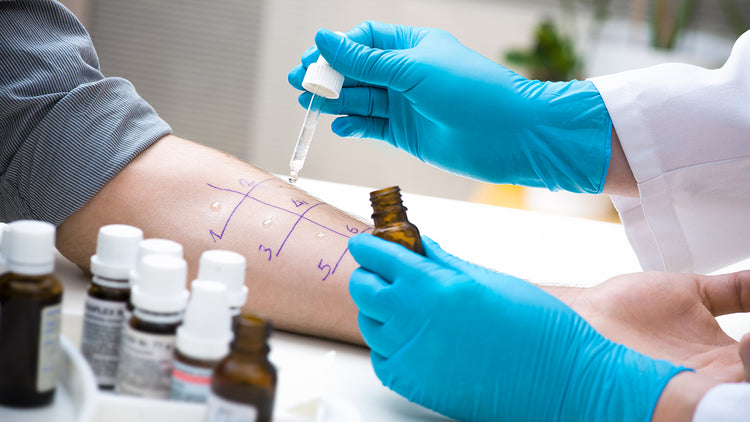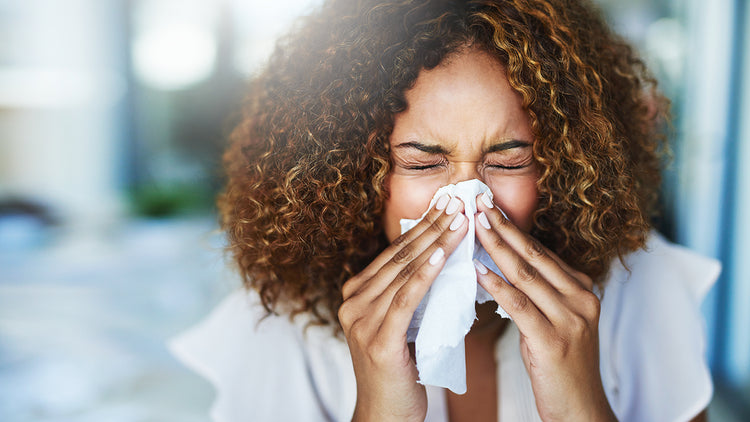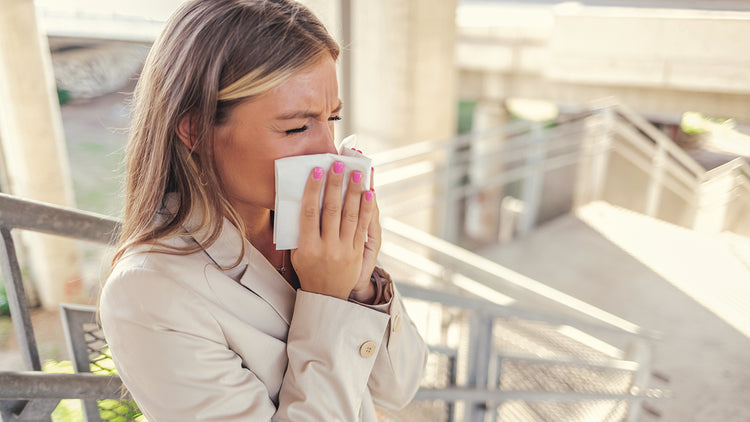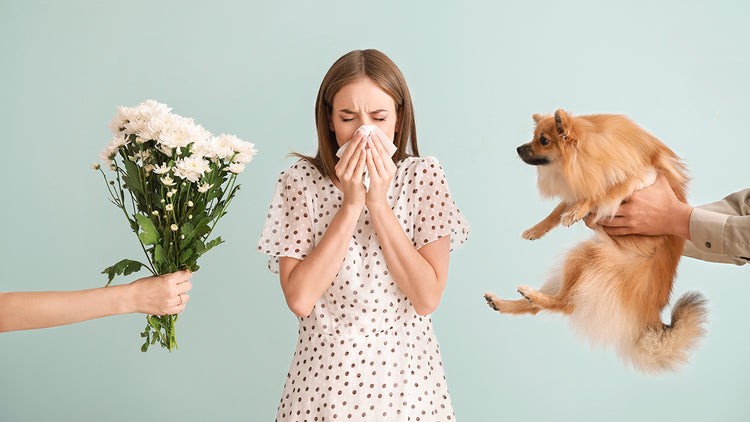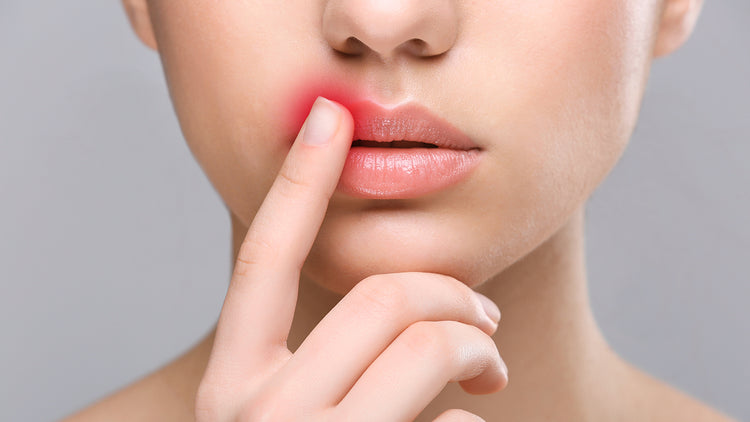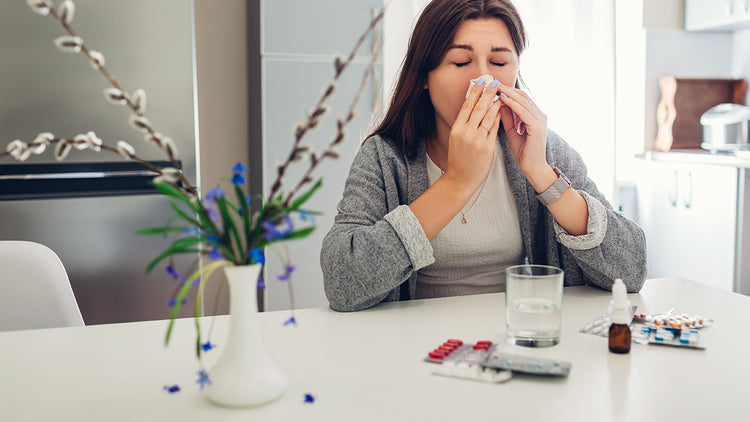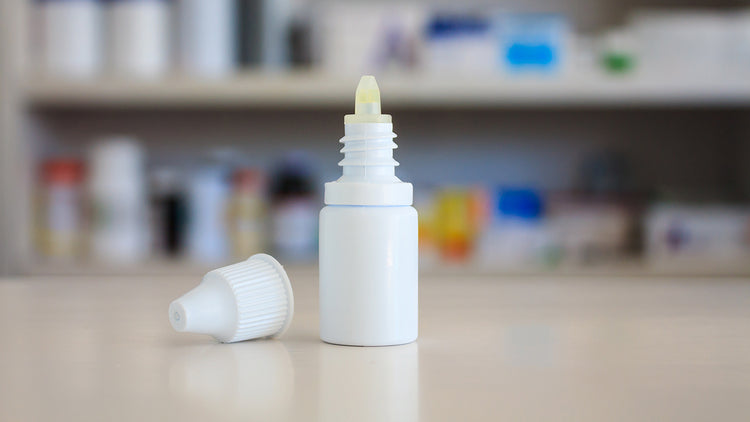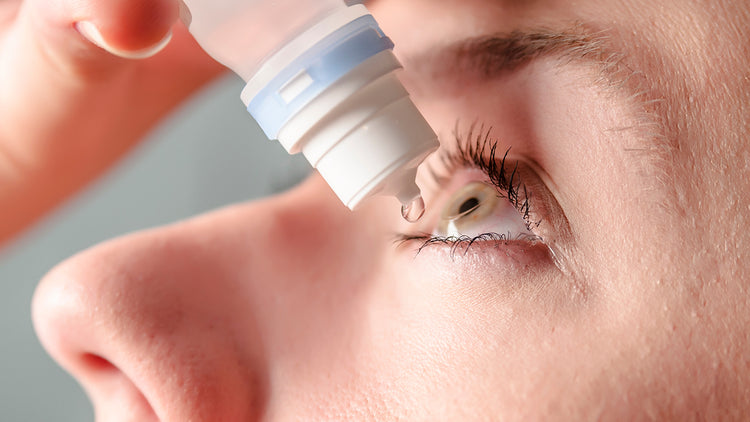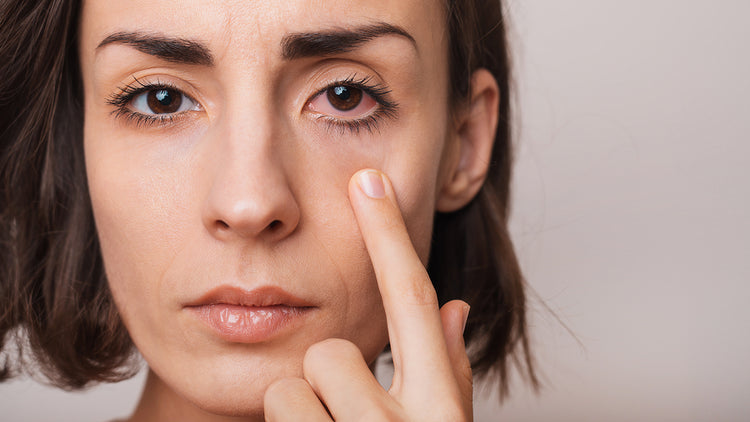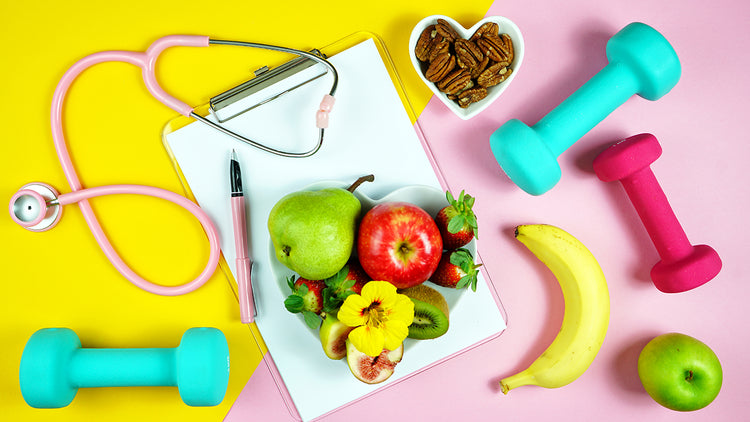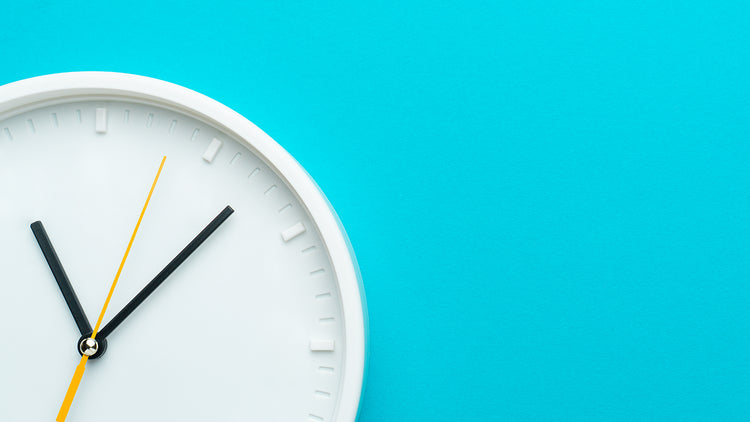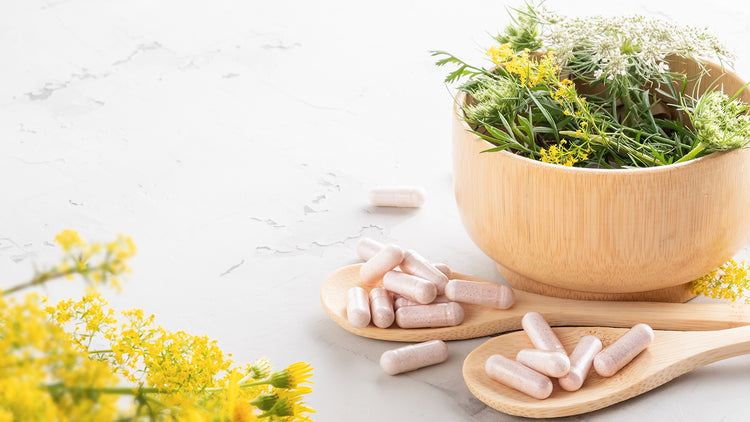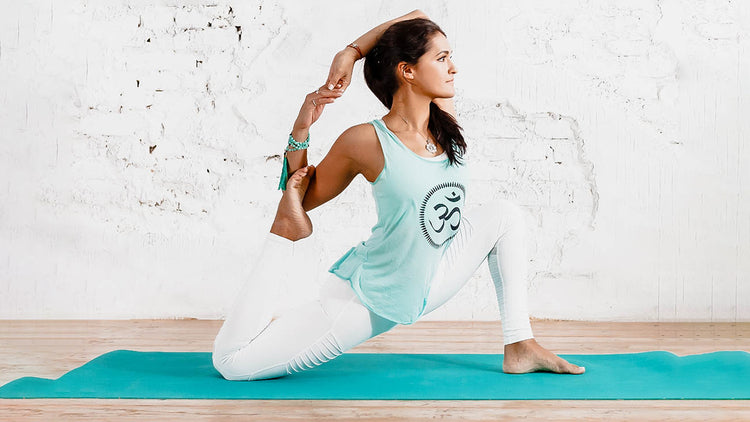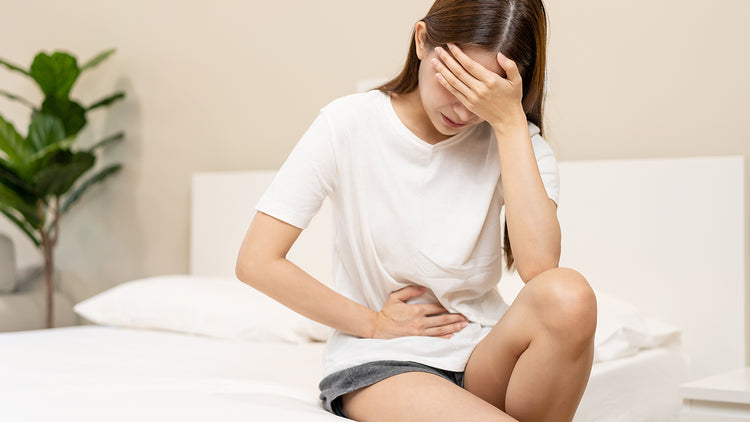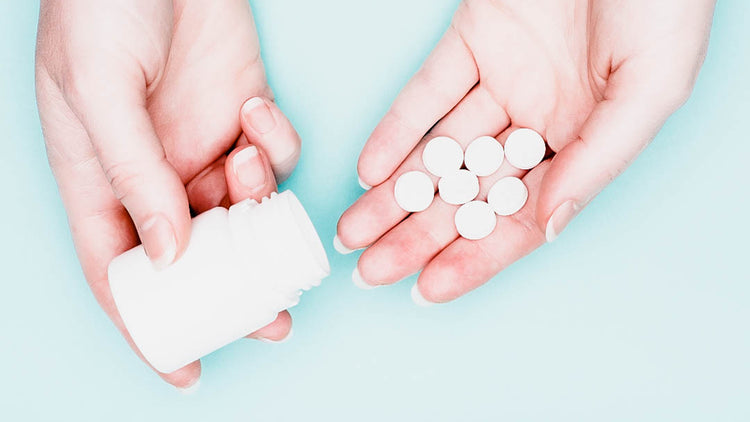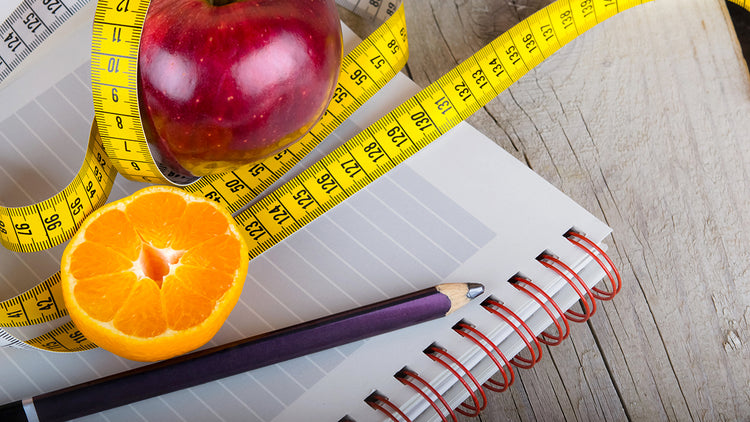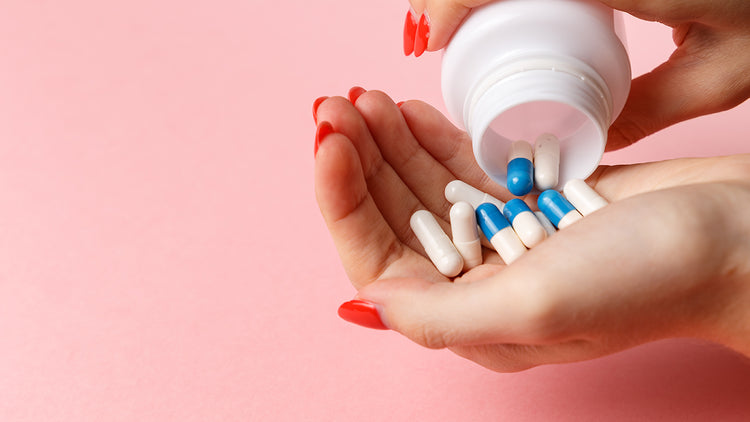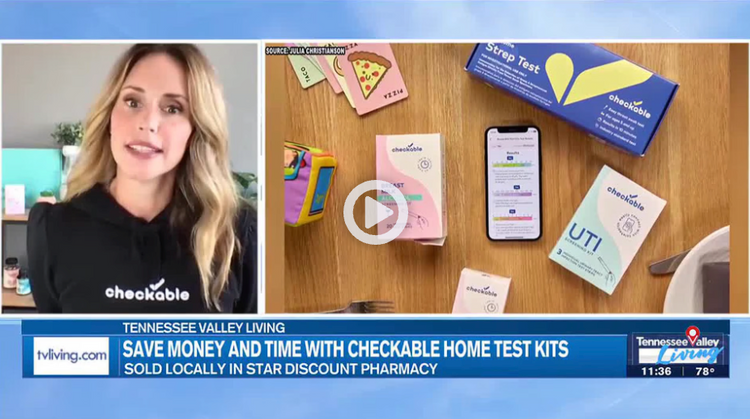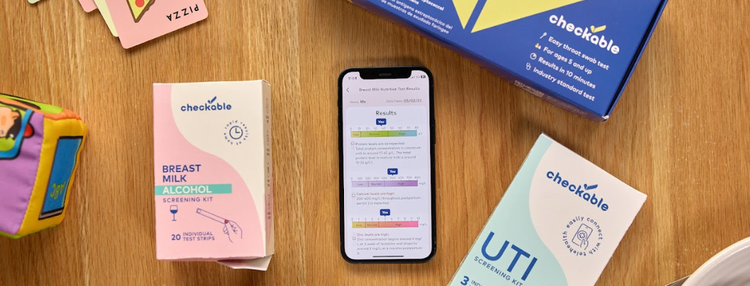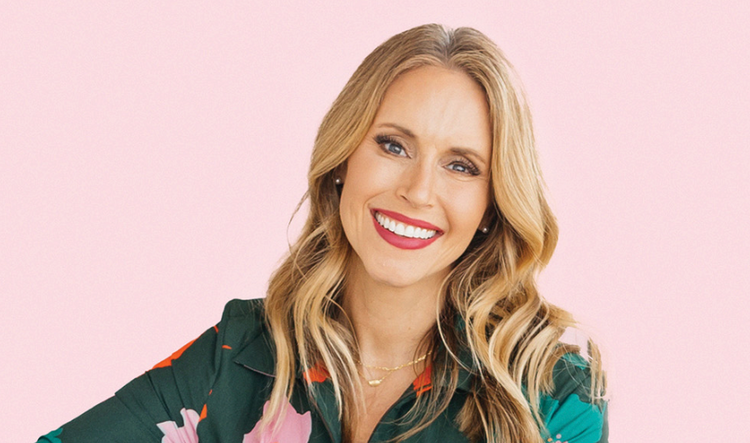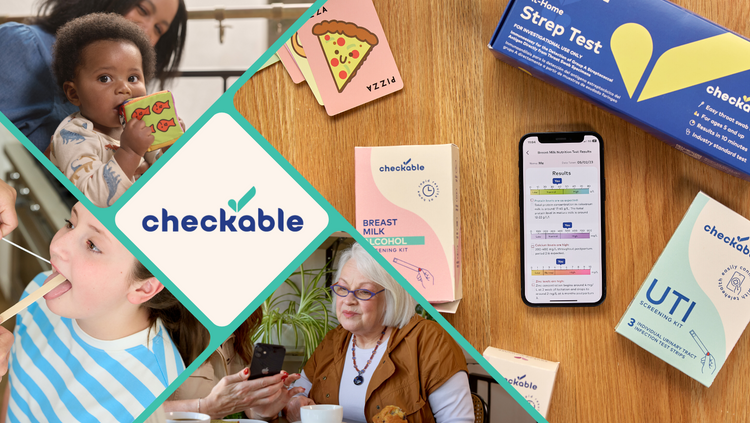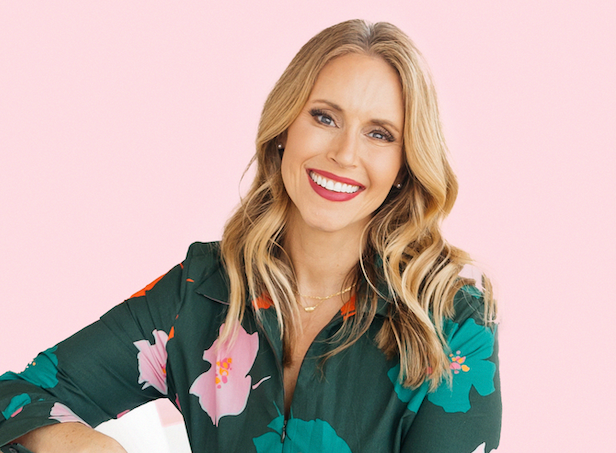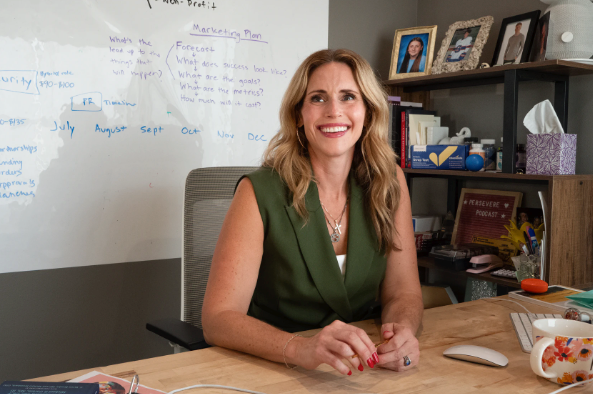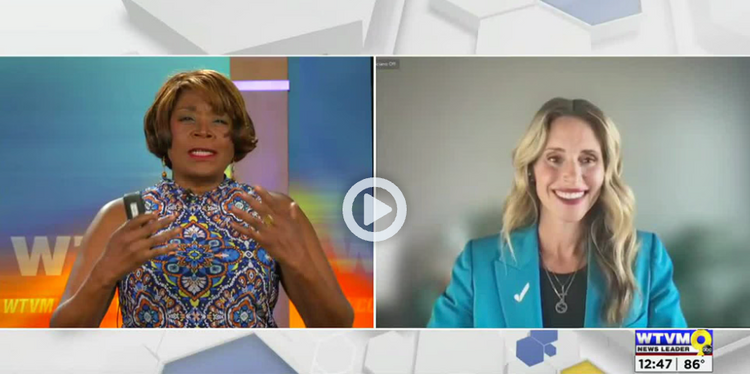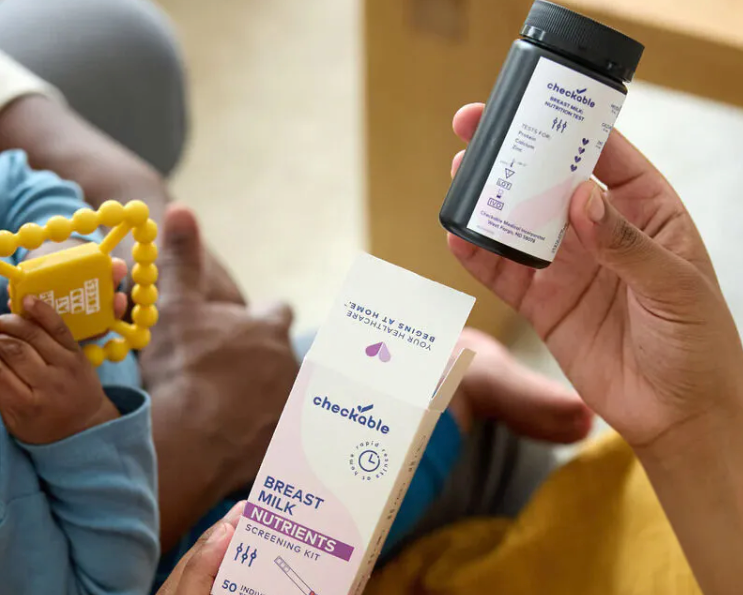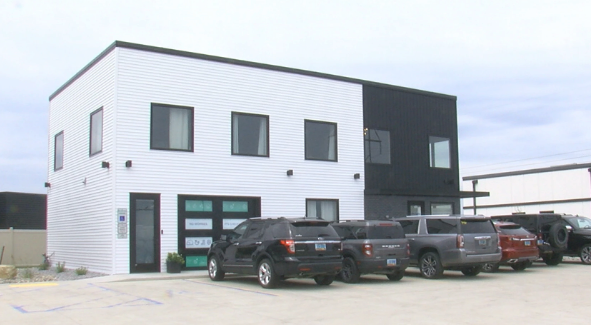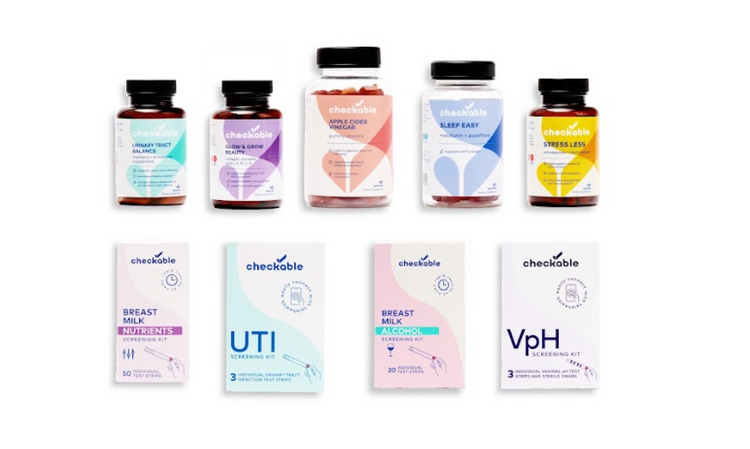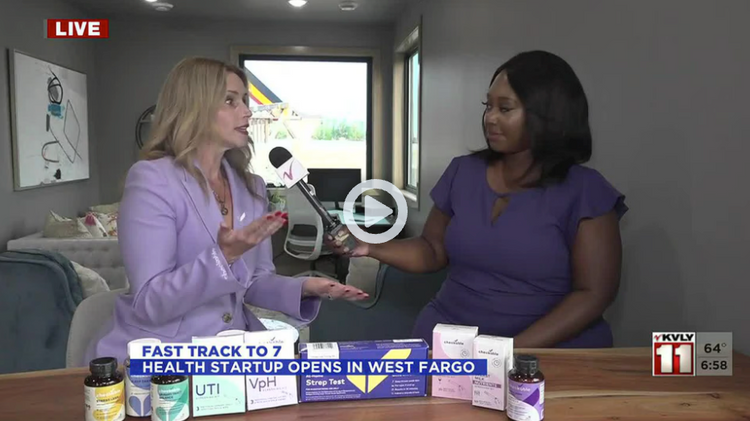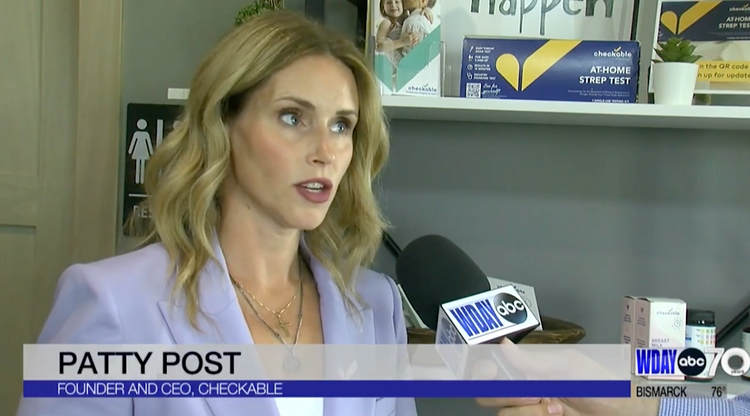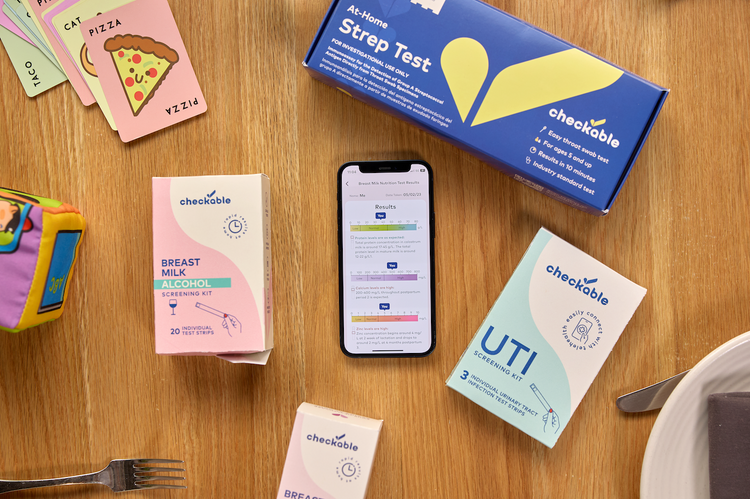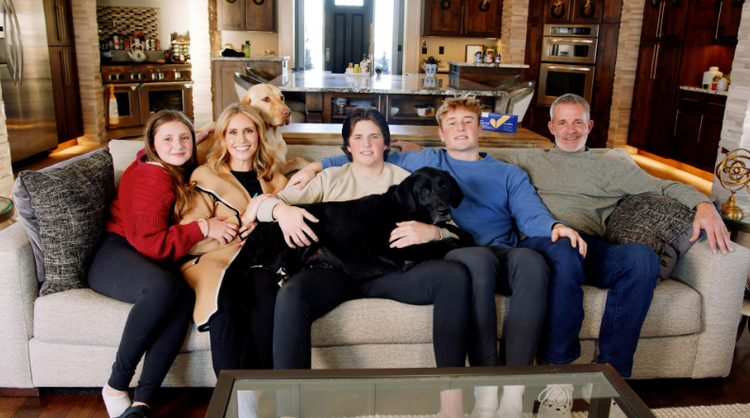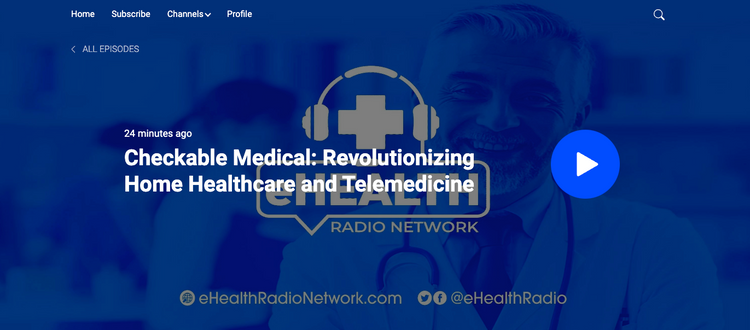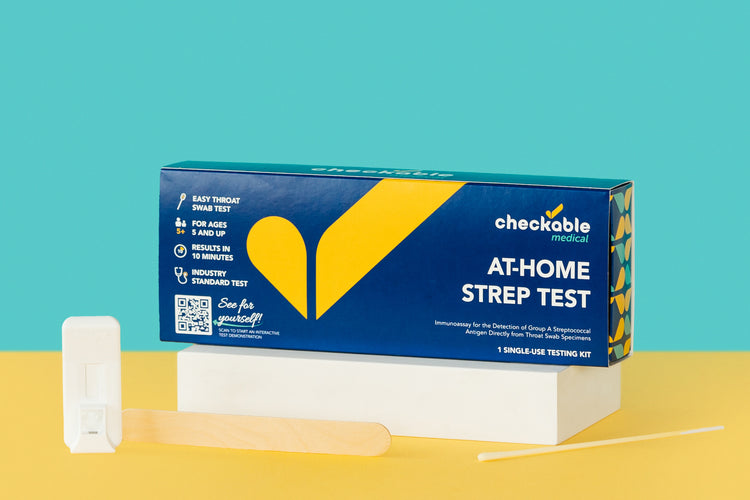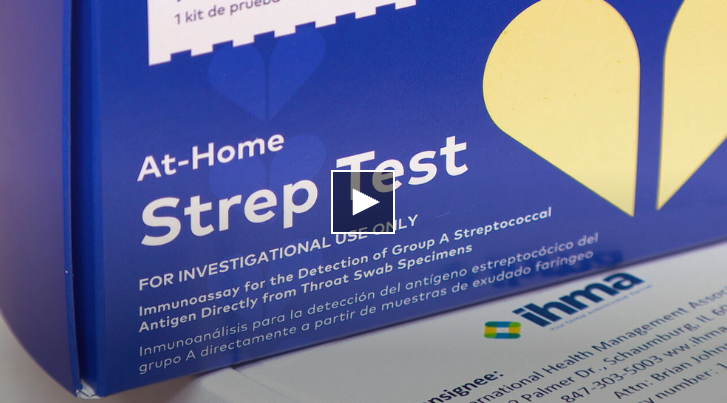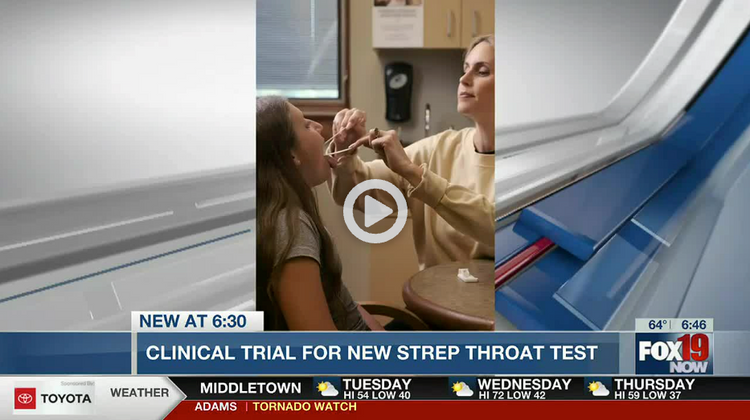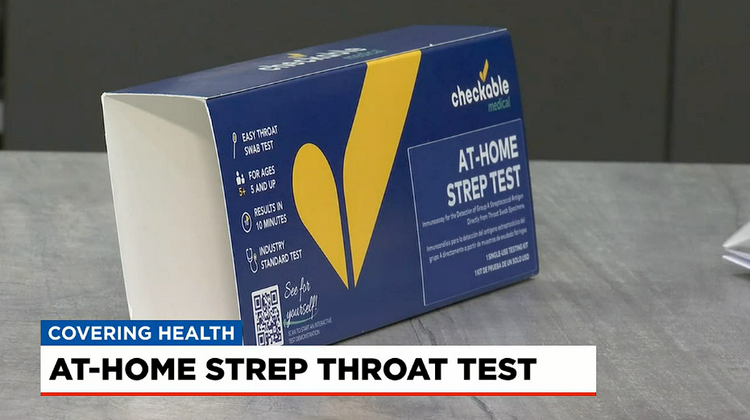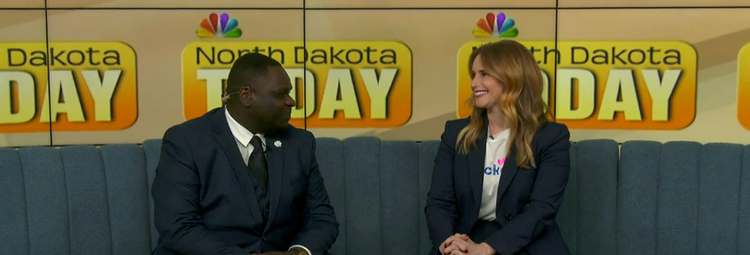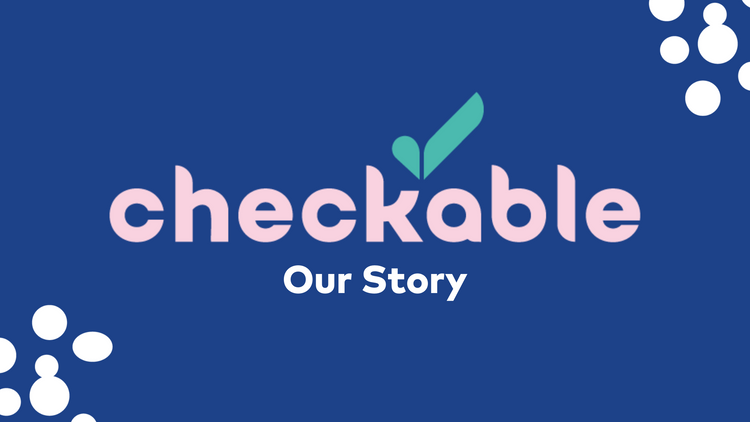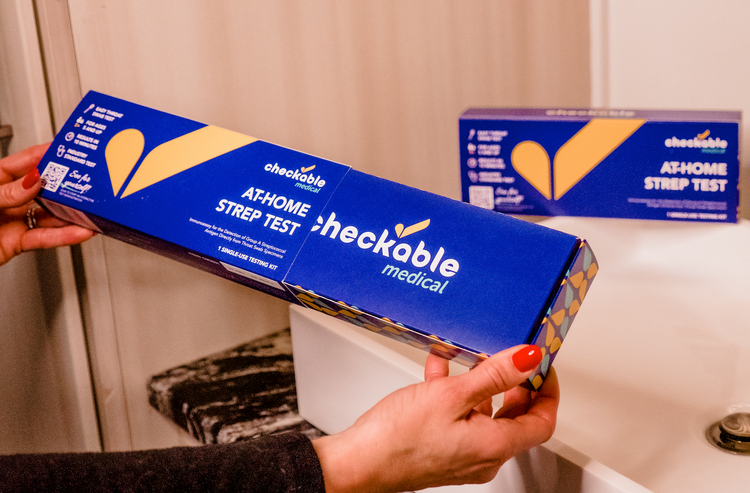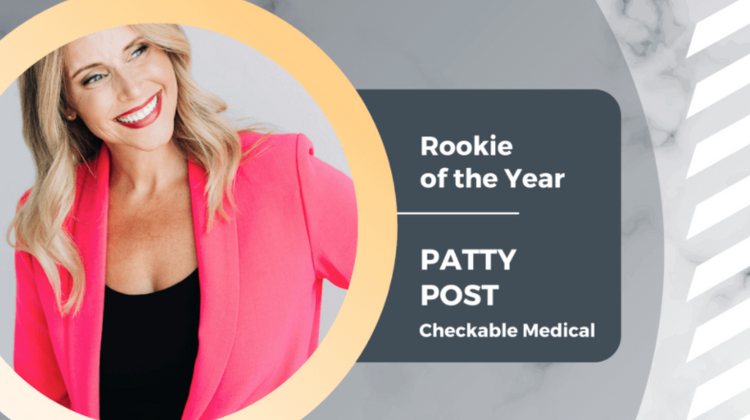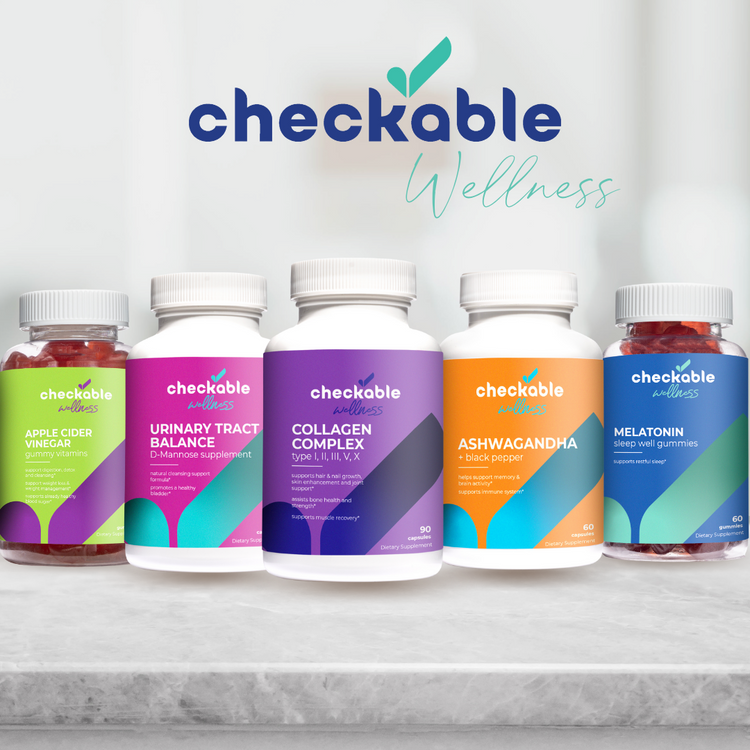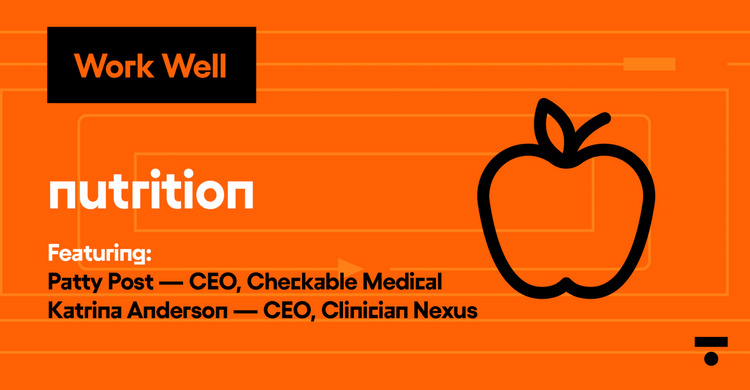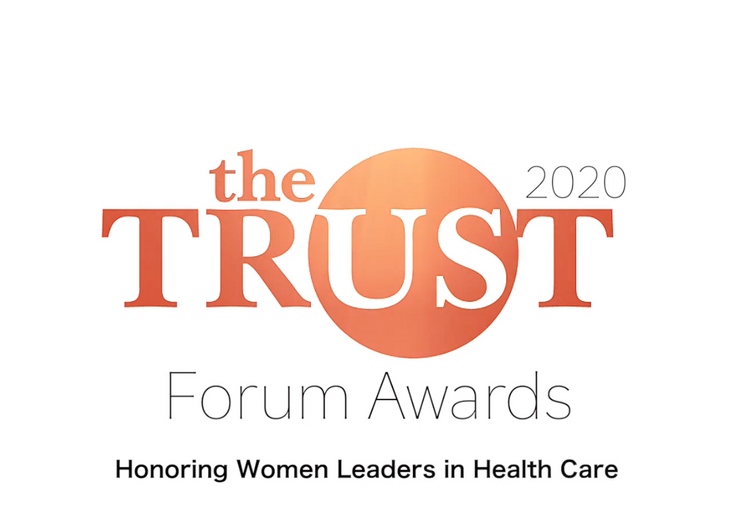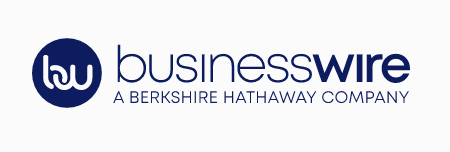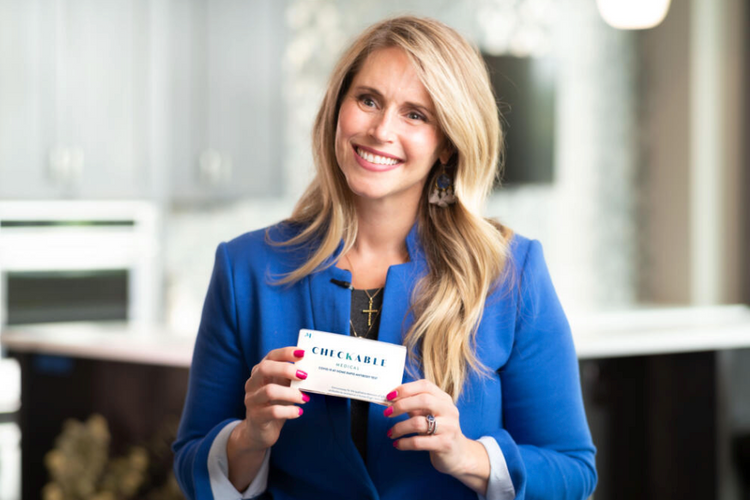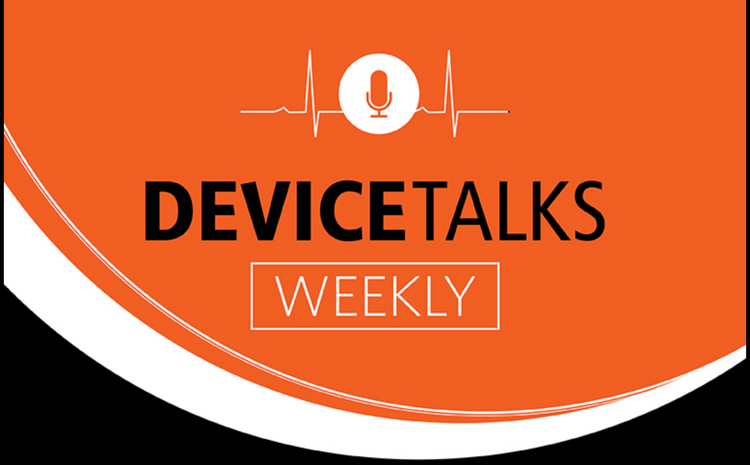
Hearing the words "Breast Cancer" send anyone into a tizzy. Breast cancer is the most common invasive cancer in American women, with the risk increasing over the age of 50. A breast self-exam, or regularly examining your breasts on your own, can be an important way to find breast cancer early when it’s more likely to be treated successfully. While no single test can detect all breast cancers early, according to breastcancer.org, performing breast self-exam in combination with other screening methods can increase the odds of early detection.
Early detection means finding cancer before it spreads. Breast cancer cannot be 100% prevented, but some lifestyle changes can help. Finding out early provides the greatest possibility of successful treatment. Breastcancer.org recommends following these five steps to help increase your chance of detecting breast cancer early.
5-Step Self Breast Exam
Step 1: Begin by looking at your breasts in the mirror with your shoulders straight and your arms on your hips. Here's what you should look for:
- Breasts that are their usual size, shape, and color
- Breasts that are evenly shaped without visible distortion or swelling
- If you see any of the following changes, bring them to your doctor's attention:
- Dimpling, puckering, or bulging of the skin
- A nipple that has changed position or an inverted nipple (pushed inward instead of sticking out)
- Redness, soreness, rash, or swelling
Step 2: Now, raise your arms and look for the same changes.
Step 3: While you're in the mirror, look for any signs of fluid coming out of one or both nipples (this could be a watery, milky, or yellow fluid or blood).
Step 4: Next, feel your breasts while lying down, using your right hand to feel your left breast and then your left hand to feel your right breast. Use a firm, smooth touch with the first few finger pads of your hand, keeping the fingers flat and together. Use a circular motion about the size of a quarter. Cover the entire breast from top to bottom, side to side — from your collarbone to the top of your abdomen and from your armpit to your cleavage. Follow a pattern to be sure that you cover the whole breast. You can begin at the nipple, moving in larger and larger circles until you reach the outer edge of the breast. You can also move your fingers up and down vertically, in rows, as if you were mowing a lawn. This up-and-down approach seems to work best for most women. Be sure to feel all the tissue from the front to the back of your breasts: for the skin and tissue just beneath, use light pressure; use medium pressure for tissue in the middle of your breasts; use firm pressure for the deep tissue in the back. When you've reached the deep tissue, you should be able to feel down to your ribcage.
Step 5: Finally, feel your breasts while you are standing or sitting. Many women find that the easiest way to feel their breasts is when their skin is wet and slippery, so they like to do this step in the shower. Cover your entire breast using the same hand movements described in step 4.
Don’t panic if you think you feel a lump in your breast. Most women have some lumps or lumpy areas in their breasts all the time, and most breast lumps turn out not to be cancer.
Don’t hesitate to call your doctor if you’ve noticed a lump or other breast change that is new and worrisome. This is especially true for changes that last more than one full menstrual cycle or seem to get bigger or more prominent in some way. If you menstruate, you may want to wait until after your period to see if the lump or other breast change disappears on its own before calling your doctor. The best healthcare provider to call would be one who knows you and has done a breast exam on you before —for example, your gynecologist, primary care doctor, or a nurse practitioner who works with your gynecologist or primary care doctor.
Top tips to reduce your risk of breast cancer
Many factors throughout a lifetime can influence your breast cancer risk. You can't change some factors, such as getting older or your family history, but you can help lower your risk of breast cancer by taking care of your health in the following ways — According to the CDC, following these tips can help prevent breast cancer:
- Keep a healthy weight. Being overweight can increase the risk of many different cancers, including breast cancer, especially after menopause.
- Be physically active. Women who are physically active for at least 30 minutes daily have a lower risk of breast cancer.
- Eat your veggies! A healthy diet can help lower the risk of breast cancer. Try to eat lots of fruits and vegetables with nutrients and antioxidants proven to fight cancer. Green vegetables help make the body more alkaline.
- Say no to alcohol or drink in moderation. Yup, drinking can increase the risk of breast cancer. Not drinking it all is the overall healthiest choice.
- Avoid birth control pills, especially after age 35. Birth control pills have both risks and benefits. The younger you are, the lower the chances of breast cancer. This risk goes away quickly after stopping the pill. Ask your doctor about the risks and determine if it is right for you.
- Avoid menopausal hormone therapy. Studies show it can increase the risk of breast cancer. If women take menopausal hormone therapy, it should be for the shortest time possible.
- Breastfeed your children, if possible. Breastfeeding for a total of one year or more (combined for all children) lowers the risk of breast cancer.
- Know your family history! If you have a family history of breast cancer or inherited changes in your BRCA1 and BRCA2 genes, talk to your doctor about other ways to lower your risk. Women with a strong family history of cancer can take special steps to protect themselves, so it's important for women to know their family history.
Staying healthy throughout your life will lower your risk of developing cancer and improve your chances of surviving cancer if it does happen. Early detection of breast cancer is key and not only can save your beautiful breasts but can also save your life. Help lower your risk by getting your annual mammograms, doing a monthly self-breast exam, and knowing your family history. Your tatas are counting on it.
Life is too short to sit in a doctor’s office
Sign up for our weekly newsletter and get valuable healthcare tips and tricks in your inbox!
Sign up now and unsubscribe anytime.
- Choosing a selection results in a full page refresh.
- Press the space key then arrow keys to make a selection.



